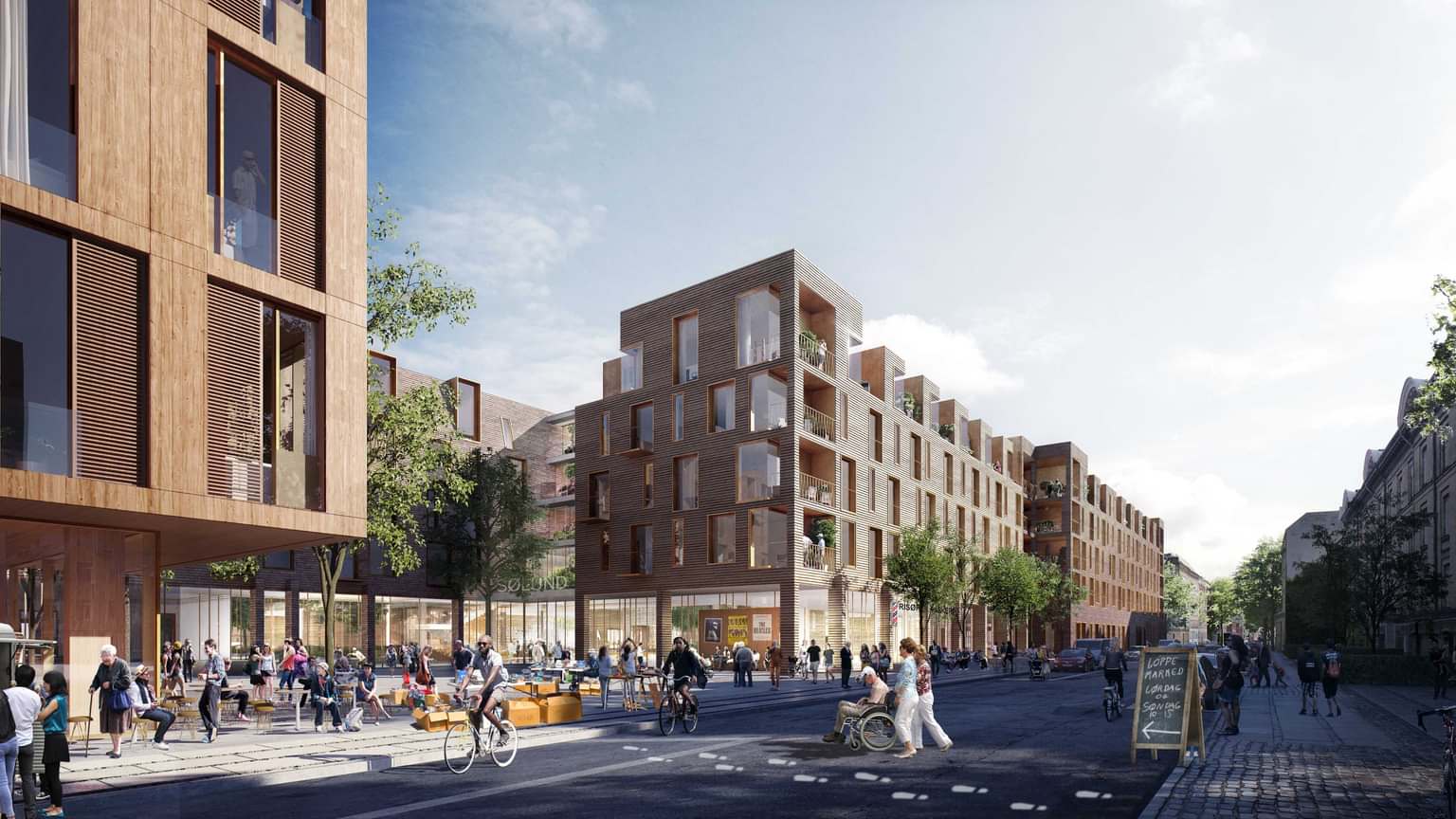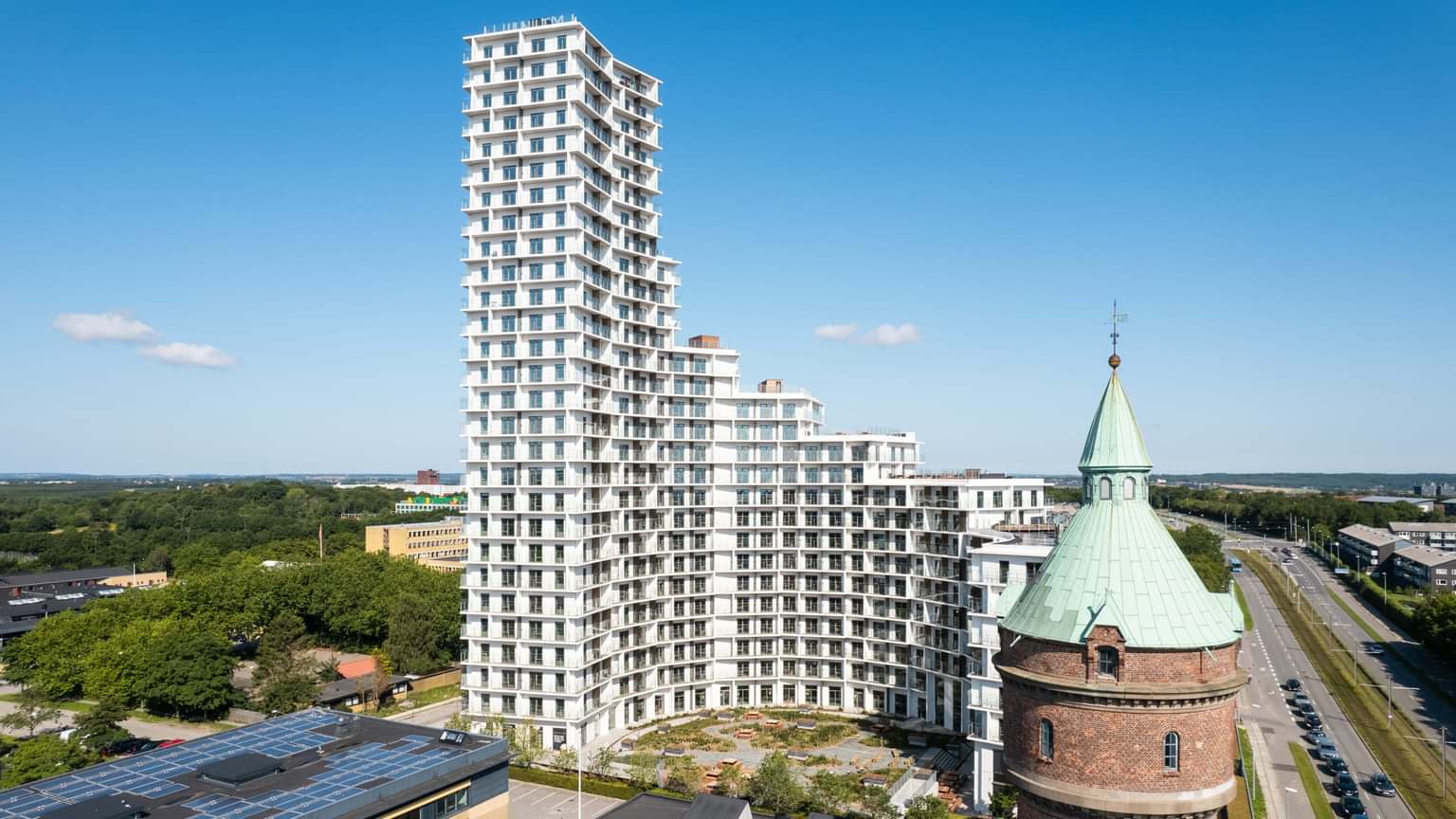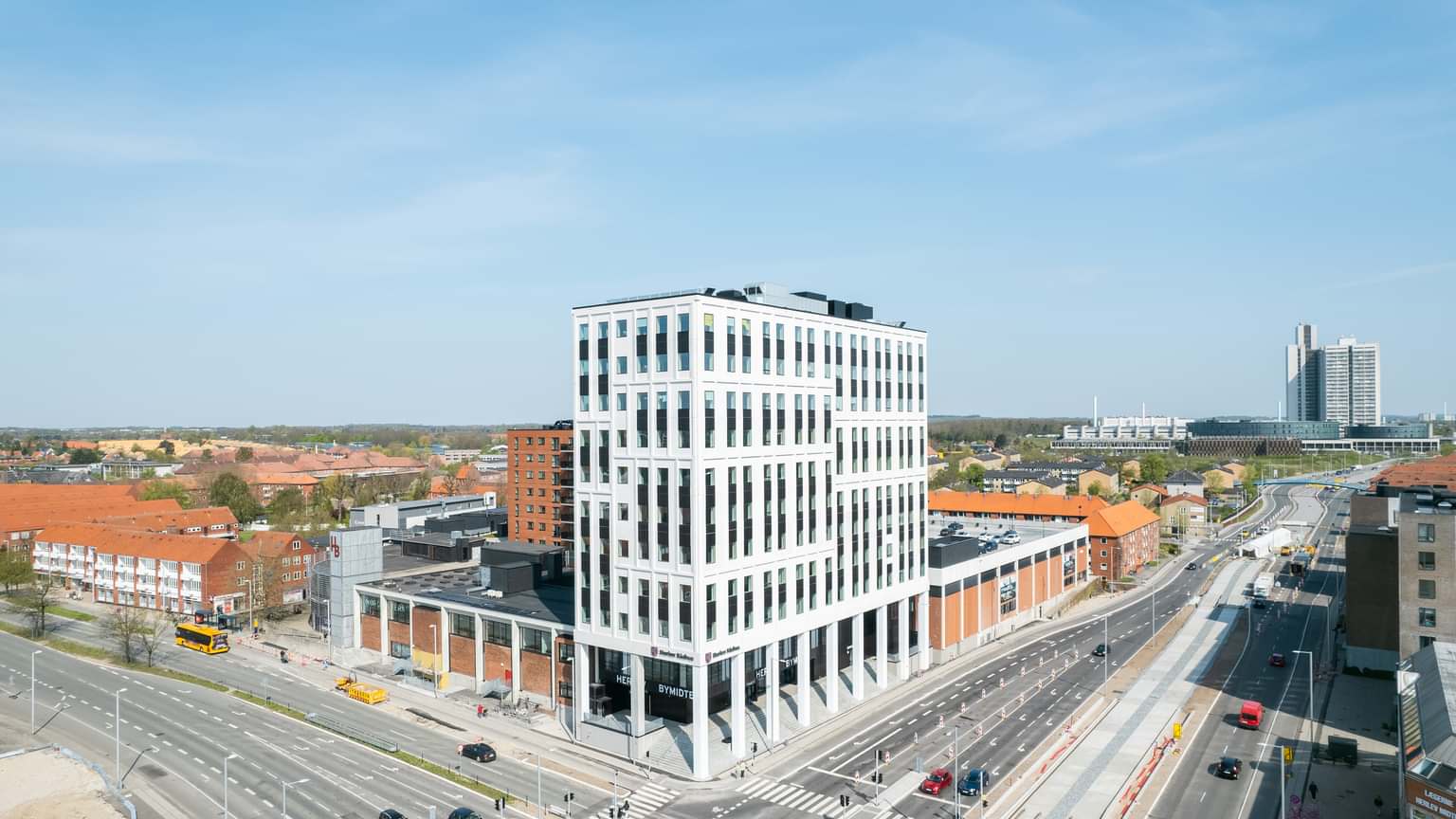CO2 Reduction
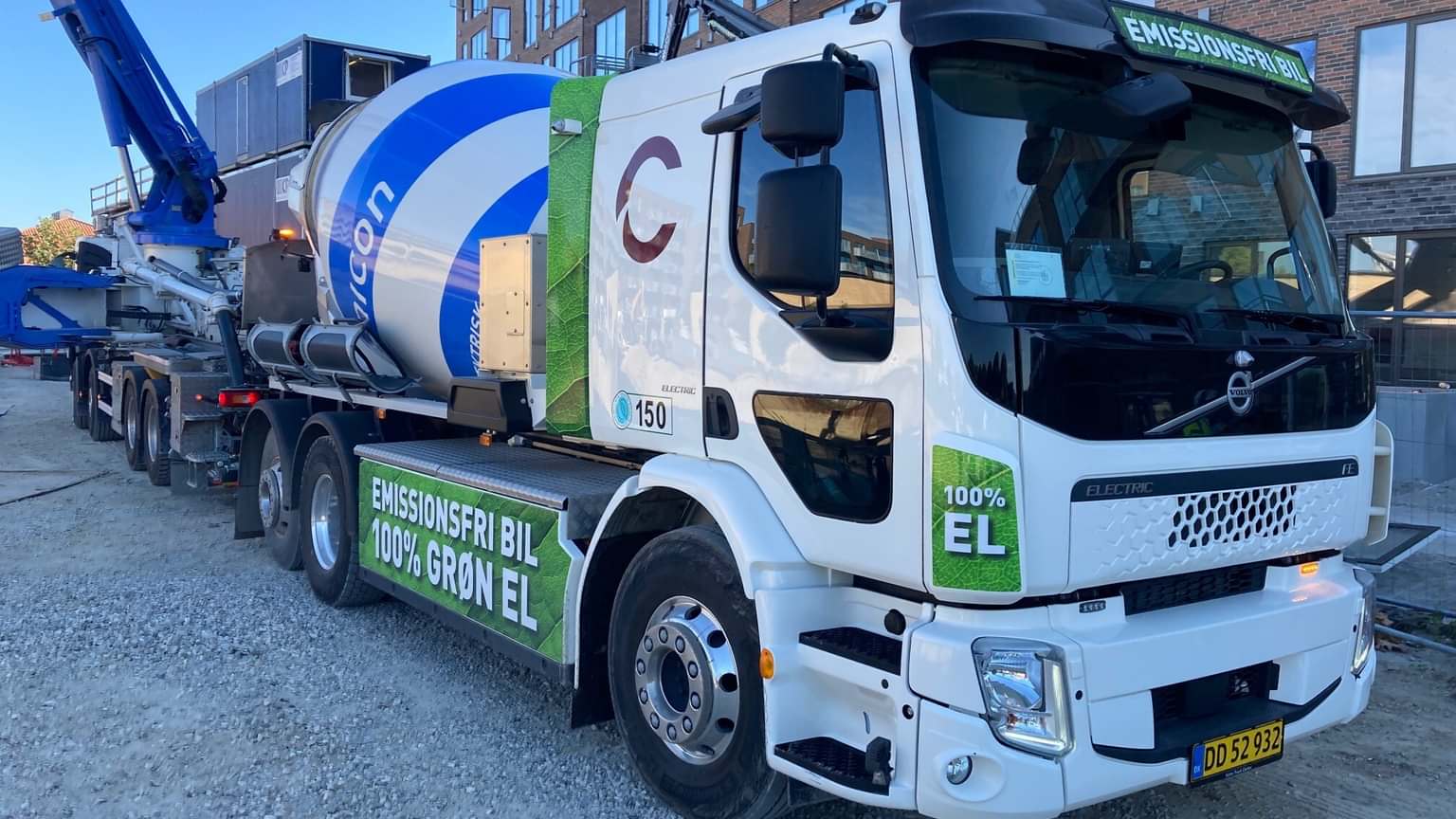
In Denmark, the construction industry accounts for 30% of all CO₂ emissions. This number covers the construction process and the production of building materials as well as the energy used to run the building once it is fully operational
CO2 targets for 2030
By 2030, Nordstern will reduce our scope 1 and 2 CO2 emissions by 42% (compared to the 2021 baseline).
Scope 1: Is the direct emissions from CO2-emitting activities owned or controlled by Nordstern, e.g., by burning fossil fuels (e.g., petrol, diesel or natural gas).
Scope 2: Include CO2 emissions from collectively supplied energy, e.g., emissions from the production of electricity, heating and cooling, which Nordstern uses for construction activities (e.g., electricity and district heating consumption in offices and on construction sites).
By 2030, Nordstern will reduce our scope 3 CO2 emissions by 50% (compared to the 2021 baseline).
Scope 3: Indirect emissions of CO2 caused by Nordstern's activities, but not owned or controlled by Nordstern. This applies, among other things, to emissions from the production of materials and the extraction of raw materials, as well as emissions from the disposal of construction waste.
30% less CO2 emissions
Reducing CO2 emissions in the construction industry will have a significant impact on greenhouse gas emissions, and thus climate change.
Compared to the 2021 baseline, Nordstern achieved a 79% reduction in market-based Scope 2 emissions (however a 295% emissions increase compared to a very low 2023 level). Despite these advancements and despite meeting and exceeding our target of a 42% reduction in combined Scope 1+2 emissions, Scope 2 emissions have increased significantly from 2023 to 2024, indicating room for further improvement. Several factors have contributed to the increase in Scope 2 emissions from 2023 to 2024.
One of the reasons is change of billing practice: On another large-scale project, a substantial part of electricity billing was moved from the client to Nordstern during 2024 implicitly moving Scope 2 emissions from the client to Nordstern. This large project accounted for another 33% of the increase in electricity consumption from 2023 to 2024.
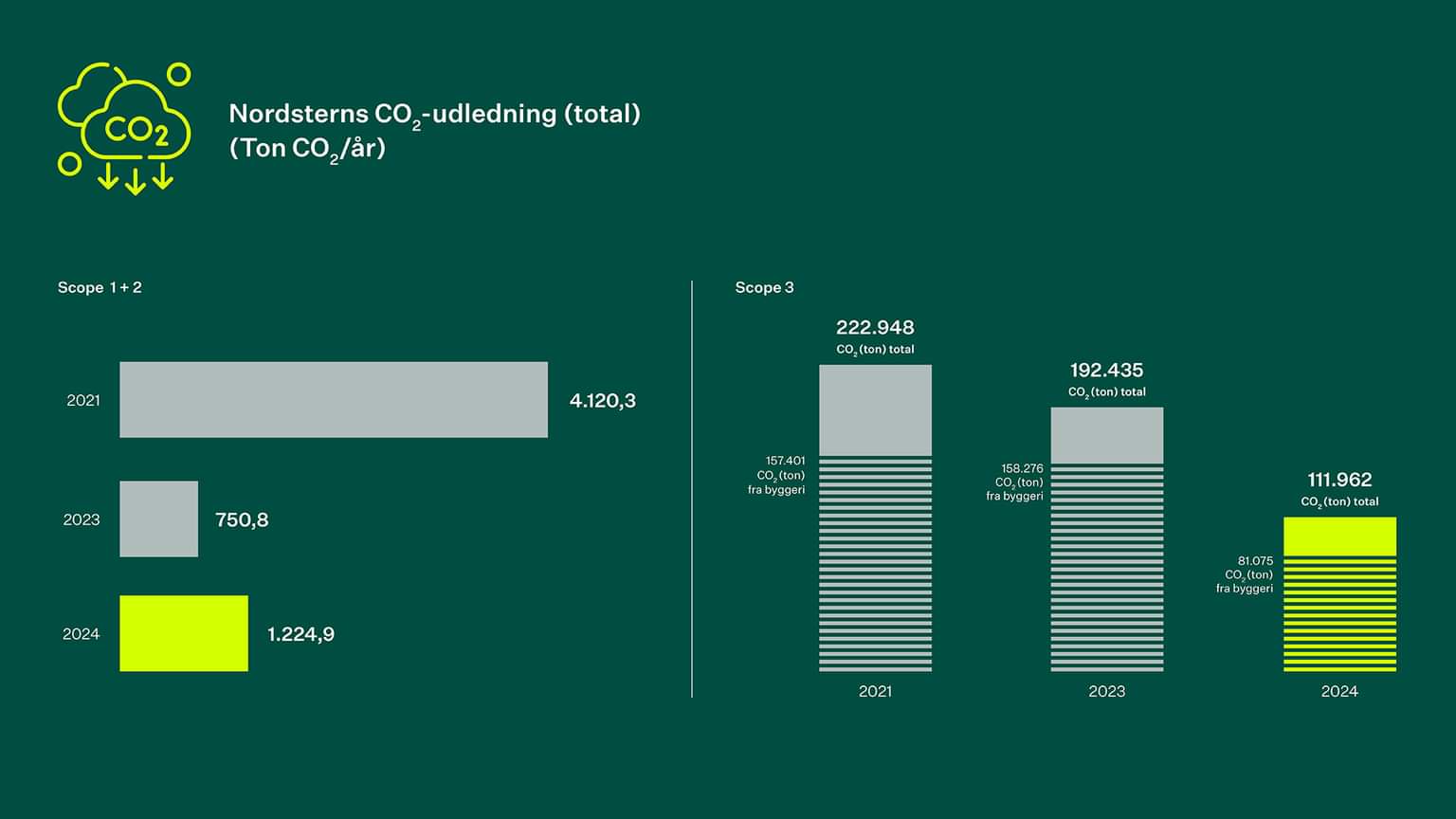
The climate impact of Nordstern
Nordstern’s impact on the climate, we are consistently working towards reducing our carbon footprint across our entire value chain. This commitment aligns with the Paris Agreement’s goal of limiting the Earth’s temperature increase to a maximum of 1.5 degrees Celsius. Our objective is to decrease CO2-emissions in both Scope 1, 2, and 3.
At Nordstern, we are dedicated to reducing our carbon and resource footprint throughout the value chain. We have adopted the Science Based Targets initiative (SBTi) as the framework for our reduction efforts and target setting (see more about SBTi on their official website, sciencebasedtargets.org).Our Scope 1, 2, and 3 reduction targets have been set based on the SBTi, and in 2023, we submitted these targets for official validation:
- Reduce Scope 1 and 2 CO2-emissions by 42% by 2030, compared to a 2021 baseline.
- Reduce Scope 3 CO2-emissions by 50% by 2030, compared to a 2021 baseline.
Science Based Targets has approved our targets in early 2024.
We work with concrete initiatives
Procurement of green power
All Nordstern's construction sites use green power, which means power from renewable energy sources such as wind, hydropower, solar and biomass. Common to the energy sources is that they emit minimal CO2 compared to fossil energy sources such as coal and gas.
Reuse and recycling (waste sorting)
By reusing/recycling building materials, it is possible to skip raw material extraction and production, as well as distribution of building materials. This contributes positively to reducing CO2 emissions in our buildings.
In the following video, we introduce how we, via life cycle analyses, can help minimize a buildings greenhouse gas emissions (please note that the video is in Danish).
